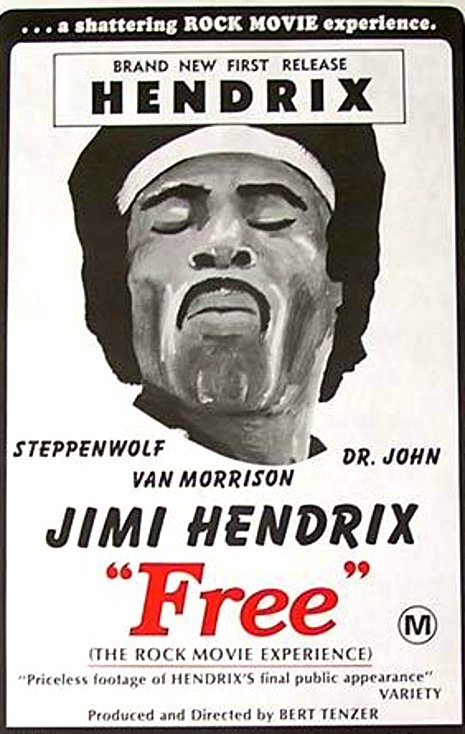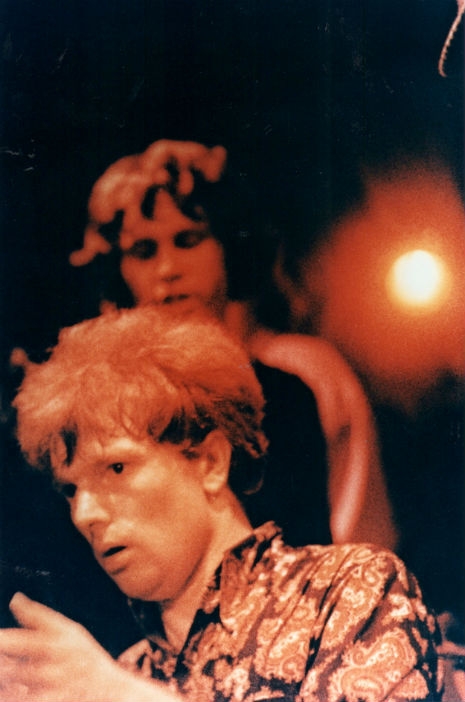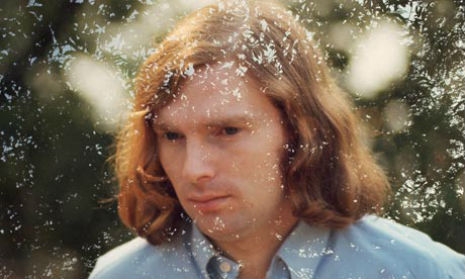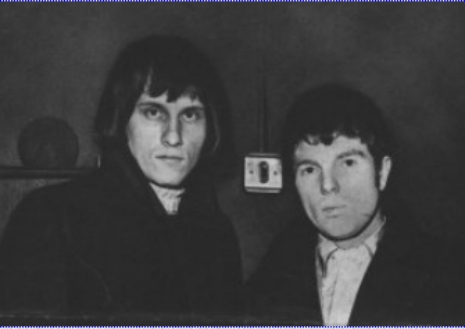
Yesterday was a good day for Van Morrison completists.
Van Morrison’s Astral Weeks is one of the most important and most special albums of the 1960s. The album was recorded in New York in September/October 1968 and released a few weeks later. Morrison composed the music in Boston during the summer of 1968, and a series of gigs at a venue called the Catacombs, located at at 1120 Boylston Street in the Fenway, proved pivotal to the process.
One of the gigs during that run at the Catacombs was recorded, but the tapes have never been heard by the public.
Until yesterday, that is.
The Catacombs tapes document a show from August 1968. A Boston musician and writer named Ryan Walsh has spent years trying to find them; for obvious reasons the tapes became known as “the Catacombs tapes.” Peter Wolf told Walsh that he had the Catacombs tapes in his possession but had not listened to them for years. He added that a person would have to “bake the tapes” before they could be played; that is, a specialist Wolf knew in Maine would have to literally bake the tapes in an oven, a process that would enable the tapes to withstand playback without disintegrating or being shredded.
Walsh made the Catacombs tapes a pivotal part of a book on Morrison he released earlier this year called Astral Weeks: A Secret History of 1968. As Walsh pertinently asks in his book, “What did the Astral Weeks songs sound like before producer Lewis Merenstein’s jazz ringers got hold of them?”
Good question.
Yesterday Walsh posted a remarkable series of tweets discussing the decision by Morrison to release the Catacombs tapes on iTunes UK for the likely purpose of retaining copyright to them. Here is that tweetstorm:
This is totally bananas.
Today, @vanmorrison unceremoniously released the ‘68 “Catacombs Tapes” as a live album on iTunes UK. This is the legendary recording I spend the whole #AstralWeeks1968 book trying to track down & hear…and, uh, now YOU can too! https://apple.co/2ASrhOL
1) The most sensical interpretation of the terrible cover art & UK-digital-only distribution is that this release is a “copyright dump,” i.e. its main function is to preserve Morrison’s copyright of the recording (otherwise, come January, it would become public domain).
2) Tom and John (the Boston musicians who appear on this recording) let me know they signed releases for Van’s lawyer this fall, so we suspected some kind of release was imminent. I guess we just thought, oh you know, maybe you’d design a nice cover and/or CREDIT Tom & John!
3) To hear this you will need someone in the UK to buy it for you, which is insane, I understand. I’d also imagine these files will be on…all kinds of sites now that they’ve been officially released.
4) This is the exact recording I heard and played for Tom and John except that the audio has been further cleaned and boosted, AND there’s one extra song (“Sit Down Funny Face”), but, yes, this is Peter Wolf’s recording.
5) Tom Kielbania (bass) is over the moon about this release. This is the only audio proof he had anything to do with any of this (and settles the debate about whether he indeed wrote the bassline for ‘Cyprus Avenue’ (and other AW songs) as he has long claimed)...
6)...as well as demonstrating that the Boston trio really did develop the acoustic, pastoral sound of Astral Weeks in the weeks before they were replaced by jazz musicians in New York. You’ll agree when you listen, I’m sure.
7) I still can’t tell you who slid me a copy.
8) The digital liner notes don’t mention the venue name, the other musicians, or even that it was Wolf who recorded it. They left the cool tape-unspooling noises in there instead of fading songs out, which was the right choice.
9) The poster for the concert here, courtesy of the David Bieber Archives (would have made a nice album cover, right?). Here’s Eric Kraft’s review of these concerts for Boston After Dark as well—>
10) Maybe the ownership of Astral Weeks is set to change-over to Van and he’s planning on a better release of this material as part of a box set package? Or maybe not. This whole thing is VERY Van Morrison.11) The lone, surviving Astral Weeks studio outtake, “Train” remains unreleased still, of course. This is the song in which Van sings about Cambridge, MA like its the most mystical place you ever did encounter. It’s very cool.
12) “Train” IS on this live bootleg, but gets cut off before the verses about Massachusetts.
13) I truly am so happy you all get to hear this now. I didn’t mind getting pestered about it, but I did start to worry when ppl started asking Marissa about the tapes.
14) Now all we need is a death certificate for Mel Lyman.
As Walsh points out, people who do not live in the U.K. will have to wait until they hit “all kinds of sites now that they’ve been officially released.”
This picture, of (L to R) songwriter Jeff Barry, Bang Records founder Bert Berns, Van Morrison, Janet Rigsbee, and Bang Records employee Carmine “Wassel” DeNoia on a boat on the Hudson River in New York City in 1967, which I encountered during research for this article, is rapidly ascending my list of favorite things in the world.
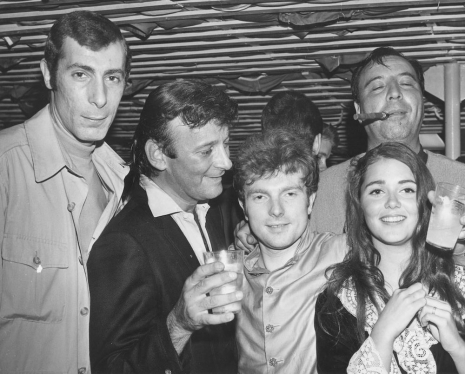
Previously on Dangerous Minds:
The ‘revenge recordings’: How Van Morrison got out of a shitty contract







